Ball pythons are among the most popular pet snakes worldwide, beloved for their manageable size, docile nature, and stunning variety of morphs. However, bringing one of these fascinating reptiles into your home requires more than just setting up an enclosure and providing food. Understanding ball python behavior is crucial for providing proper care, building trust, and ensuring your snake lives a healthy, stress-free life. This article explores the essential behavioral aspects that every ball python owner should know, from natural instincts to individual temperament variations.
Natural Behavior in the Wild
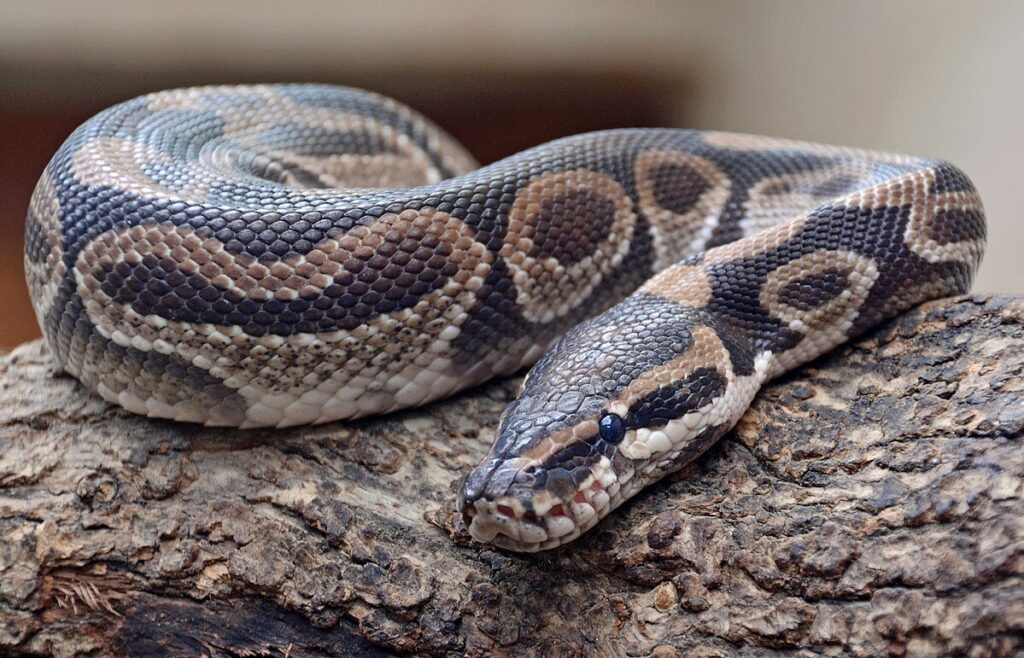
Ball pythons (Python regius) are native to West and Central Africa, where they’ve evolved specific behaviors to survive in their natural habitat. In the wild, these snakes are primarily crepuscular and nocturnal, becoming most active during dawn, dusk, and nighttime hours when temperatures are more moderate and hunting conditions are optimal. They spend much of their day hiding in burrows, termite mounds, or hollow logs to avoid predators and the intense African heat. This secretive nature has a profound influence on their captive behavior, explaining why pet ball pythons often prefer to remain hidden rather than displaying themselves prominently in their enclosures. Understanding these natural patterns helps owners recognize that a ball python that spends most of its time in its hide box isn’t necessarily unhealthy or unhappy—it’s simply expressing its evolutionary programming.
The Ball Python’s Defensive Posture
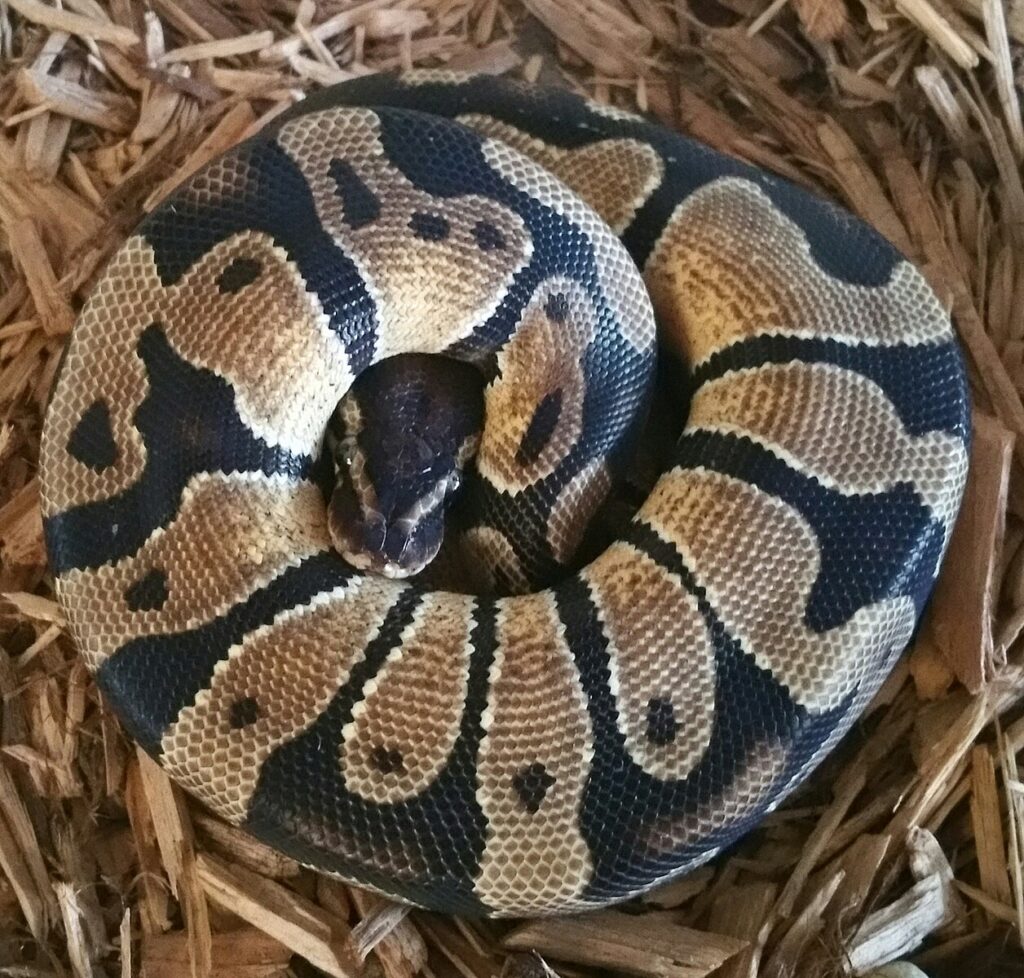
The common name “ball python” comes from this species’ distinctive defensive behavior of coiling into a tight ball when threatened, tucking their head safely in the center of their coils. This behavior serves as an alternative to aggressive striking and is typically a snake’s first line of defense when feeling vulnerable. When a ball python assumes this posture in captivity, it’s a clear sign that the snake is feeling stressed, frightened, or threatened by its environment or handling. New owners should recognize this balling behavior as a communication signal rather than an endearing quirk. A consistently defensive snake may be indicating issues with its environment, handling technique, or health that need to be addressed. With proper care and gentle handling, many ball pythons that initially display this defensive behavior will gradually become more comfortable and less likely to ball up over time.
Feeding Behaviors and Hunger Cues
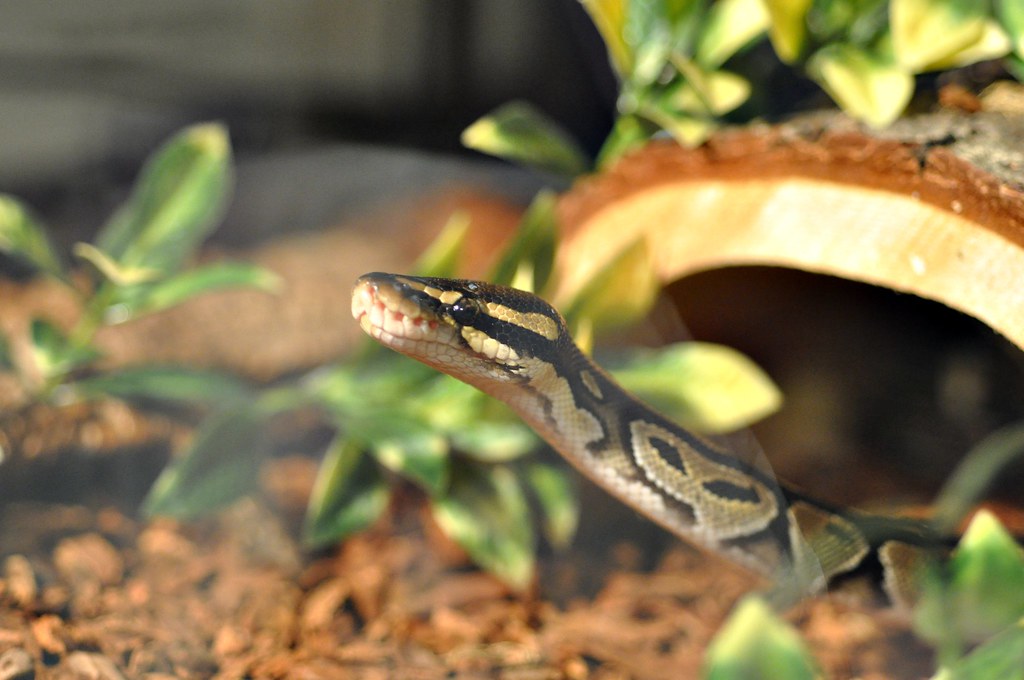
Ball pythons display distinctive behaviors when hungry that attentive owners can learn to recognize. An interested snake may become more active during times when it’s typically sedentary, especially in the hours after the lights go down. You might notice your python periscoping (raising the front third of its body to survey its surroundings) or actively exploring its enclosure in search of prey. Some ball pythons will position themselves near the enclosure door in anticipation of food, particularly if they associate that area with feeding time. These hunger behaviors typically intensify the longer it has been since the last meal, though individual snakes vary significantly in how prominently they display these cues. It’s worth noting that ball pythons have relatively slow metabolisms compared to many other pets, which means they don’t need to eat as frequently—adults may only require feeding every 1-2 weeks, making it important not to misinterpret normal behaviors as constant hunger.
Understanding Stress Signals
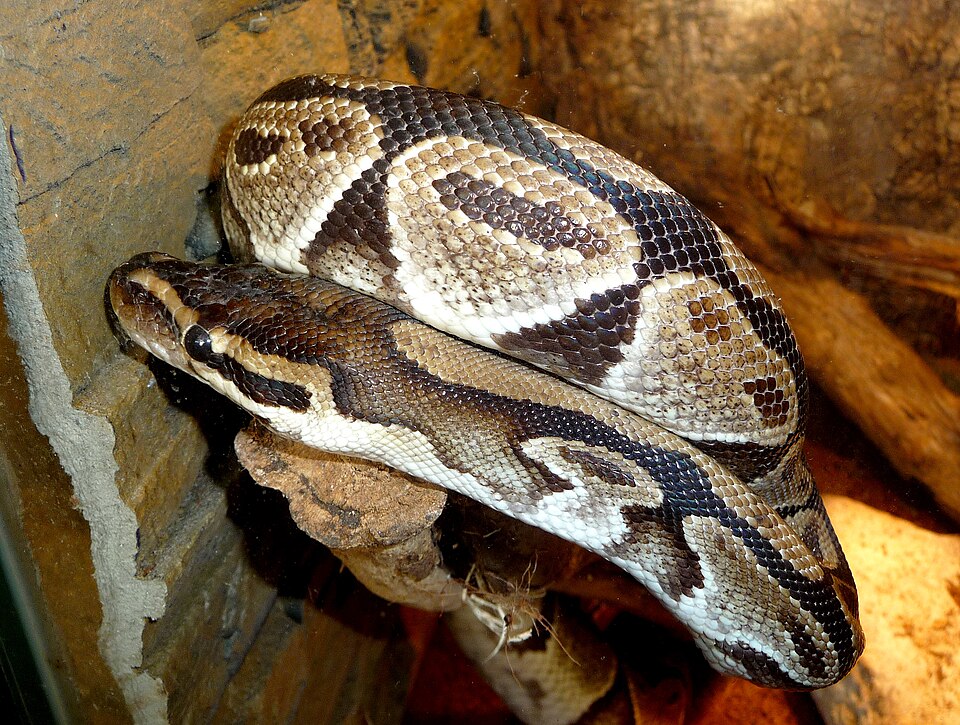
Recognizing stress in ball pythons is crucial for maintaining their health and wellbeing, though these snakes don’t express discomfort in ways immediately obvious to humans. A stressed ball python may exhibit rapid breathing (visible as frequent rib cage movements), tightly contracted muscles making the body feel rigid when handled, or constant restlessness and attempts to escape their enclosure. Perhaps the most concerning stress behavior is excessive rubbing of the nose against enclosure walls or glass, which can lead to physical injury known as rostral abrasions. Stress can also manifest as feeding refusals, with some snakes declining meals for extended periods when their environment doesn’t feel secure. Chronic stress suppresses the immune system and can lead to serious health problems, so addressing the underlying causes—which might include inappropriate temperatures, insufficient hiding places, excessive handling, or enclosure placement in high-traffic areas—should be an immediate priority when these behaviors are observed.
The Importance of Thermoregulation
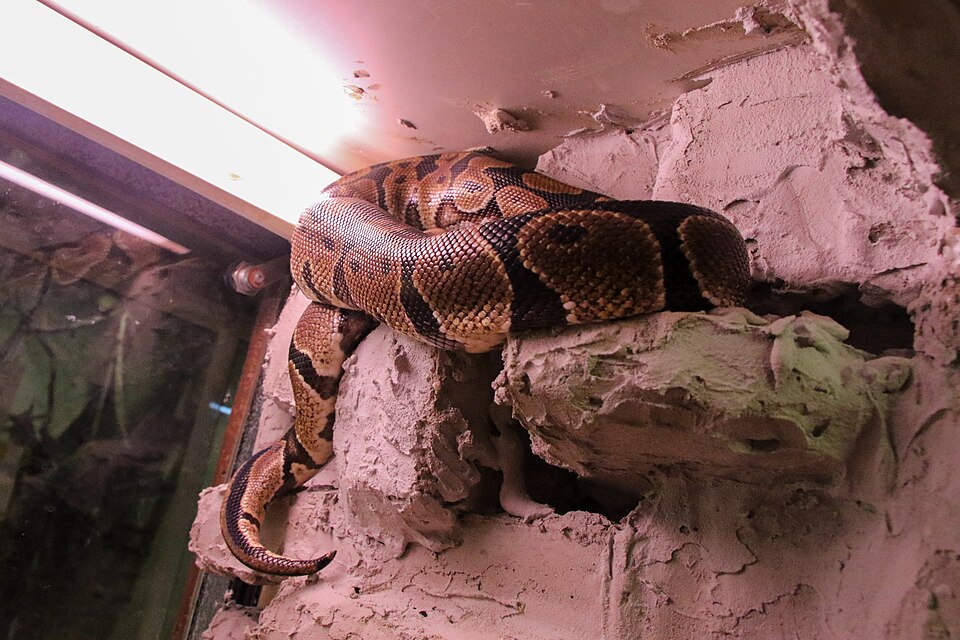
Ball pythons are ectothermic animals that rely on environmental temperatures to regulate their bodily functions, and this fundamental physiological need drives much of their behavior in captivity. Owners will observe their snakes moving deliberately between the warm and cool sides of their enclosure throughout the day, a behavior known as shuttling. After eating, ball pythons typically seek out the warmest spot in their habitat to aid digestion, sometimes remaining there for several days until the meal is processed. Conversely, when preparing to shed, these snakes often prefer slightly cooler temperatures and higher humidity environments. Behavioral issues in ball pythons can frequently be traced back to inadequate temperature gradients—if your snake consistently presses against the heat source or always avoids the warm side, it’s likely signaling that temperature adjustments are needed. Understanding that these movements aren’t random but purposeful thermoregulatory behaviors helps owners provide the proper environmental conditions that allow their snake to self-regulate effectively.
Shedding Behavior
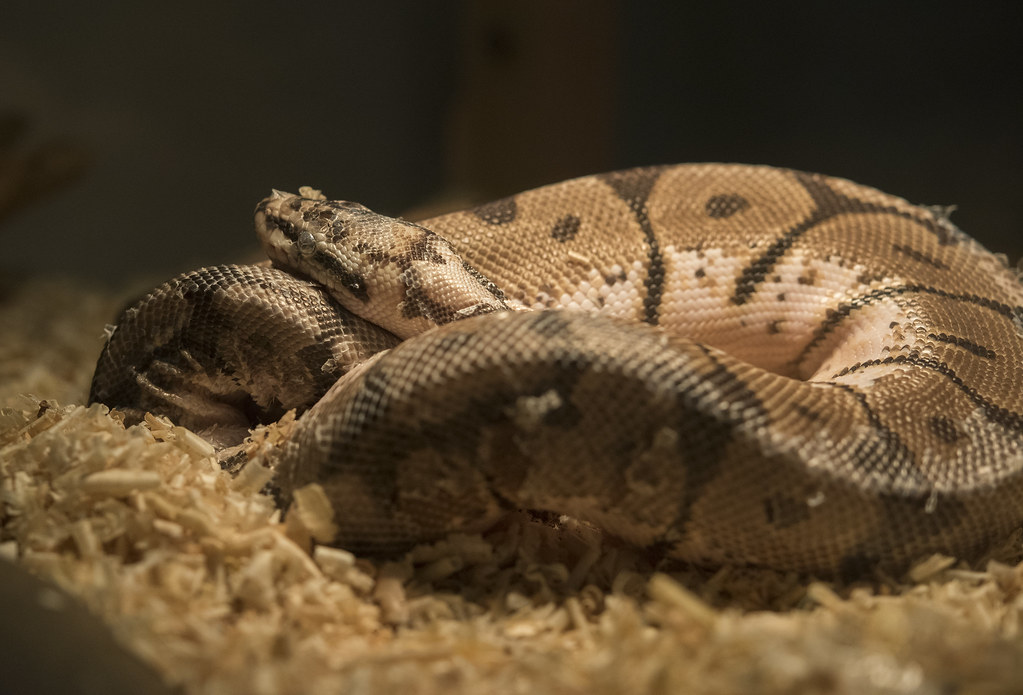
The shedding process, or ecdysis, triggers a distinct set of behaviors in ball pythons that owners should recognize as normal rather than concerning. Approximately one to two weeks before shedding begins, ball pythons enter what’s known as the “blue phase,” where their eyes develop a cloudy, bluish appearance due to fluid buildup between the old and new eye caps. During this period, snakes typically become more reclusive and may refuse food as their vision is temporarily impaired and they feel more vulnerable. Many ball pythons seek out rough surfaces in their enclosure and rub against them to start the shedding process once their skin is ready to come off. A healthy shed should come off in one complete piece, and after shedding, most ball pythons become more active and resume normal feeding patterns. Behavioral changes during shedding are temporary, but providing extra humidity and minimizing handling during this sensitive period helps reduce stress and ensures a complete, problem-free shed.
Individual Temperament Variations
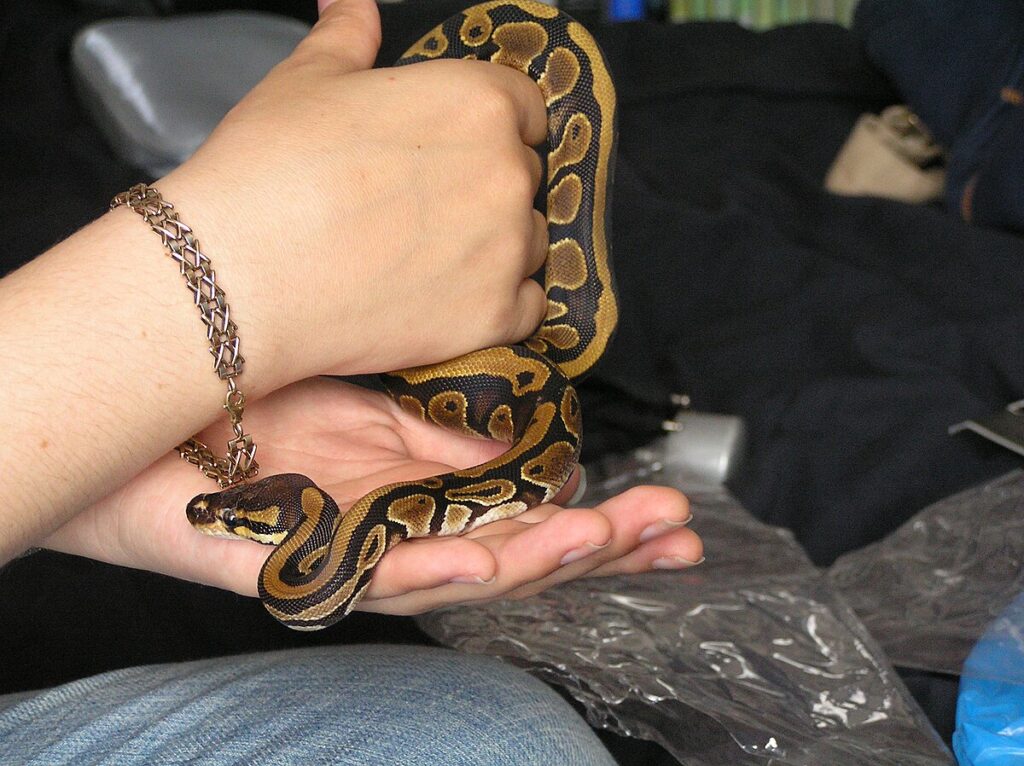
While ball pythons are generally known for their docile nature, significant temperament variations exist between individual snakes that can influence their behavior and handling requirements. Some ball pythons are naturally calm and tolerant of handling from the beginning, while others may be more defensive or skittish, requiring a gradual acclimation process to become comfortable with human interaction. Temperament differences can be influenced by genetic factors, early handling experiences, and whether the snake is wild-caught or captive-bred, with the latter typically being more adaptable to captivity. Owners should adjust their expectations and handling approaches based on their individual snake’s personality rather than forcing interactions that cause stress. Respecting these individual differences is key to building trust—a naturally shy snake may never become as handleable as a bold one, but patient, consistent handling techniques tailored to the snake’s comfort level can significantly improve even a defensive snake’s tolerance over time.
Seasonal Behavior Changes
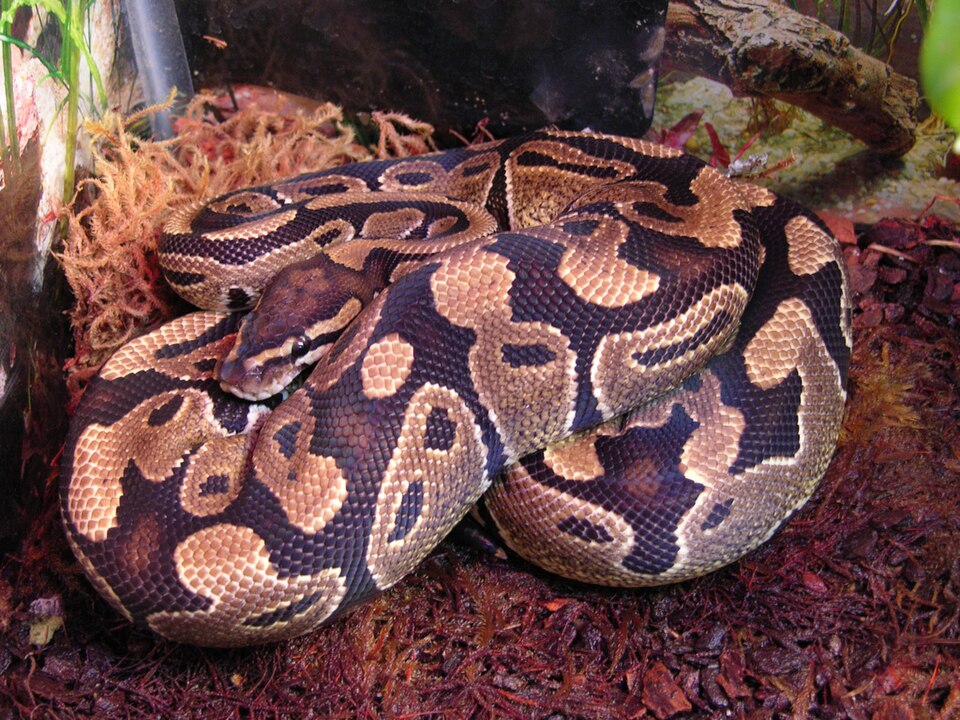
Ball pythons may exhibit distinct behavioral changes corresponding to seasonal shifts, even in the controlled environment of captivity where temperature and lighting remain relatively constant. Many keepers observe decreased activity and appetite during winter months, a phenomenon often referred to as brumation-like behavior. This natural slowing of metabolism can manifest as extended periods of hiding, reduced movement, and feeding refusals that may last for several months. Breeding-age ball pythons may also display seasonal behaviors related to reproduction, with males becoming more active and searching behaviors increasing during the traditional breeding season (typically late fall through winter). Female ball pythons may become more selective about feeding during breeding season, sometimes refusing meals entirely. These seasonal patterns vary in intensity between individual snakes, with some showing minimal changes while others follow pronounced cycles. Understanding these natural rhythms helps prevent unnecessary concern during temporary appetite loss or behavior changes that coincide with seasonal patterns.
Social Behavior and Interaction
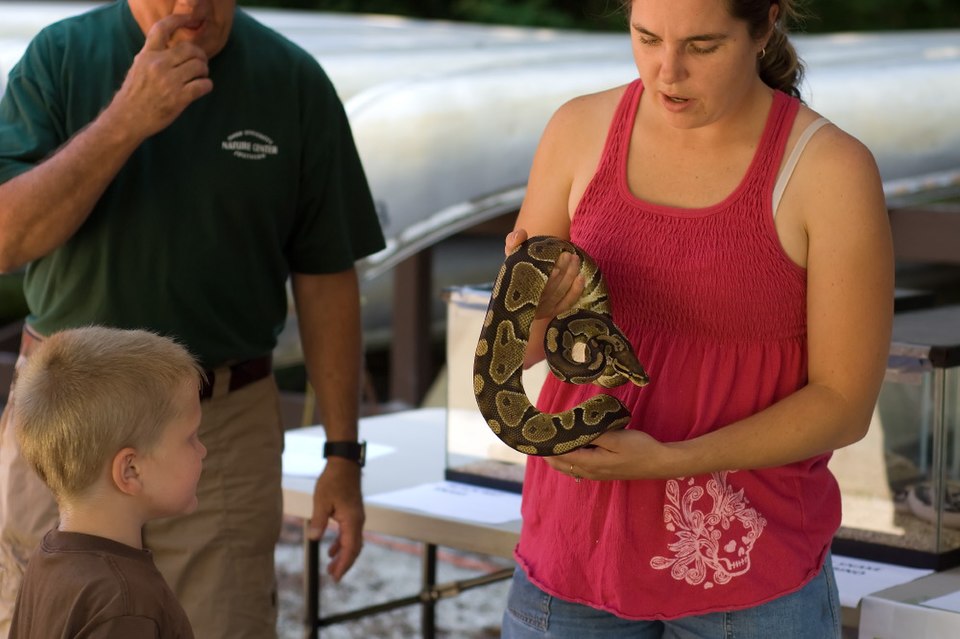
Ball pythons are solitary animals by nature, having evolved without the social structures seen in many mammalian pets, which fundamentally shapes how they experience and respond to interaction. Unlike dogs or cats, ball pythons don’t seek out companionship or display affection in ways humans readily recognize, and housing multiple ball pythons together typically causes stress rather than providing company. However, this doesn’t mean these snakes can’t form positive associations with their keepers. Many ball pythons become familiar with their owner’s scent and handling patterns, showing reduced defensive behaviors over time and sometimes even appearing curious during interactions. This habituation is often misinterpreted as affection but is better understood as the snake recognizing that the handler doesn’t represent a threat. When interacting with ball pythons, success is measured not by displays of attachment but by the absence of stress behaviors—a snake that remains calm during handling and doesn’t rush to escape is showing the closest equivalent to “trust” that these reptiles can express.
Exploratory Behavior
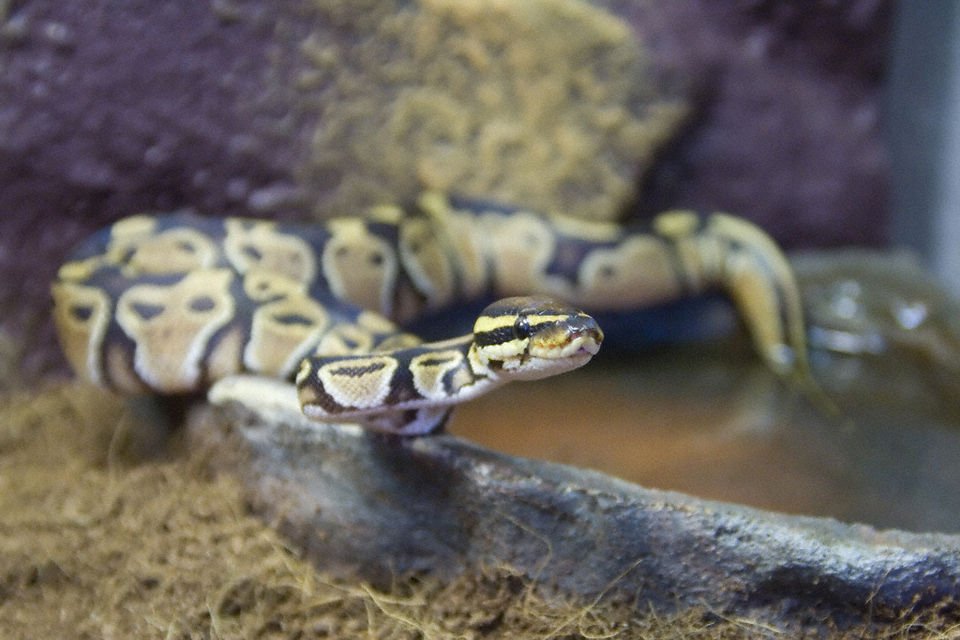
Despite their reputation for being sedentary, ball pythons demonstrate natural curiosity and exploratory behaviors when they feel secure in their environment. During their active periods, typically in the evening hours, these snakes may methodically investigate every corner of their enclosure, tongue-flicking frequently to gather chemical information about their surroundings. This exploration serves multiple purposes in the wild—finding prey, locating secure hiding spots, and identifying potential mates—and continues to be expressed in captivity. Enrichment through occasional enclosure rearrangements or the introduction of new climbing structures can stimulate these natural behaviors and contribute to both physical and psychological wellbeing. During handling sessions outside the enclosure, most ball pythons will continuously move forward rather than remaining still, which represents normal exploratory behavior rather than escape attempts. Providing supervised exploration time in safe, controlled environments can be beneficial, though owners should remain vigilant as these snakes can move surprisingly quickly when motivated and may find hiding spots that make retrieval difficult.
Feeding Response Versus Aggression
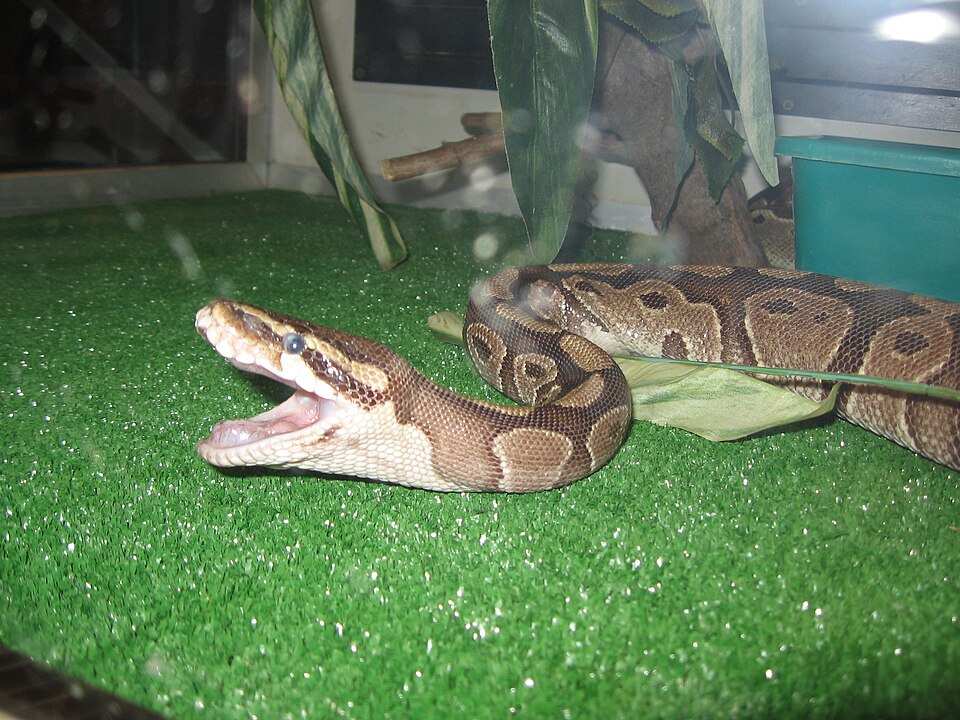
Ball python owners must learn to distinguish between true aggression, which is rare in this species, and feeding response behaviors that can appear aggressive to inexperienced keepers. A hungry ball python may interpret movement, warmth, and certain scents as prey cues, triggering a feeding response characterized by intense focus, rapid tongue flicking, and an s-shaped neck posture that precedes a strike. This behavior is instinctual and directed at obtaining food rather than defending against threats, though the resulting bite can still be startling and sometimes painful. True aggression in ball pythons typically involves hissing, striking with a closed mouth or quick recoil (not holding on as with feeding strikes), and is almost always defensive rather than offensive in nature. Using proper handling techniques—such as hook training, avoiding handling when the snake associates opening the enclosure with feeding, and washing hands to remove food scents—can prevent most feeding response incidents. Understanding that neither feeding responses nor defensive behaviors reflect the snake’s “personality” but rather its instinctual reactions to specific stimuli helps owners respond appropriately without anthropomorphizing these natural behaviors.
Building Trust Through Consistent Handling
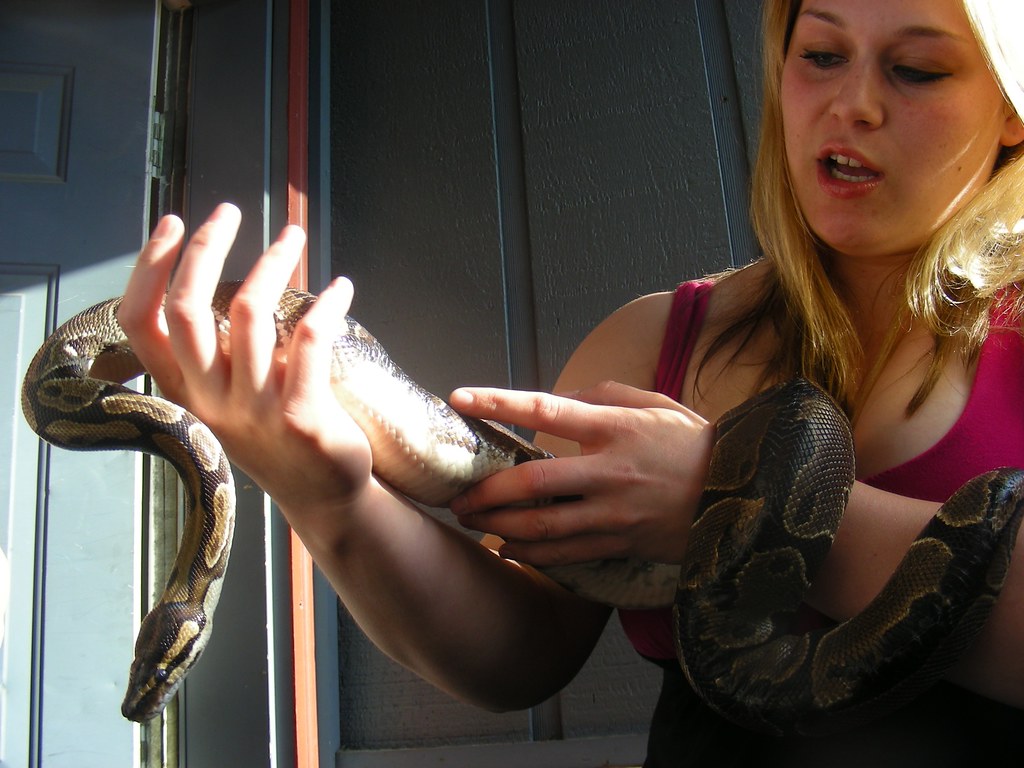
Developing a positive handling relationship with a ball python requires patience, consistency, and respect for the snake’s boundaries and natural behaviors. Successful handling begins with proper timing—avoiding interaction during vulnerable periods such as immediately after feeding (48-72 hours), during shedding cycles, or when the snake is showing clear stress signals. Short, frequent handling sessions of 10-15 minutes several times per week generally produce better results than infrequent, lengthy sessions that can overwhelm the snake. Supporting the snake’s body properly during handling, avoiding sudden movements, and approaching from the side rather than above (which mimics predator approaches) helps build positive associations. The goal of handling should be habituation—reaching a point where the snake remains calm and relaxed during interaction rather than displaying defensive behaviors. Many ball pythons show remarkable improvement over time, transitioning from defensive balling to confident exploration during handling, though this process may take months of consistent, respectful interaction and varies significantly between individual snakes.
Recognizing Abnormal Behaviors

While understanding natural behaviors is important, equally crucial is the ability to identify abnormal behaviors that may indicate health problems requiring veterinary attention. Stargazing (unnatural upward positioning of the head, often with disorientation) can indicate neurological issues such as inclusion body disease or severe respiratory infections. Abnormal posturing, where the snake appears unable to right itself or control its movements, may suggest neurological damage or severe environmental issues like thermal burns. Open-mouth breathing or wheezing sounds outside of defensive displays typically indicates respiratory infection requiring immediate treatment. Dramatic changes in behavior patterns, such as a normally calm snake becoming suddenly aggressive or an active snake becoming lethargic, often serve as early warning signs of illness before physical symptoms appear. Regular observation of your ball python’s normal behavioral patterns creates a baseline that makes these concerning deviations more readily apparent, allowing for early intervention when health issues arise.
Understanding ball python behavior requires patience, observation, and a willingness to see the world from your snake’s perspective. These fascinating reptiles communicate their needs and feelings primarily through behavior, making it essential for responsible owners to become fluent in their unique language. By recognizing natural behaviors, respecting individual temperaments, and responding appropriately to both normal and concerning signals, you create an environment where your ball python can thrive physically and behaviorally. Remember that most problematic behaviors stem from environmental or handling issues rather than personality flaws, and with proper adjustments, many behaviors improve significantly over time. The relationship between a ball python and its keeper may not mirror the social bonds formed with traditional pets, but it offers its own rewards—a window into the ancient, elegant world of these remarkable snakes and the satisfaction of meeting their needs so completely that they display the ultimate compliment: the calm, confident behavior of a snake that feels secure in your care.

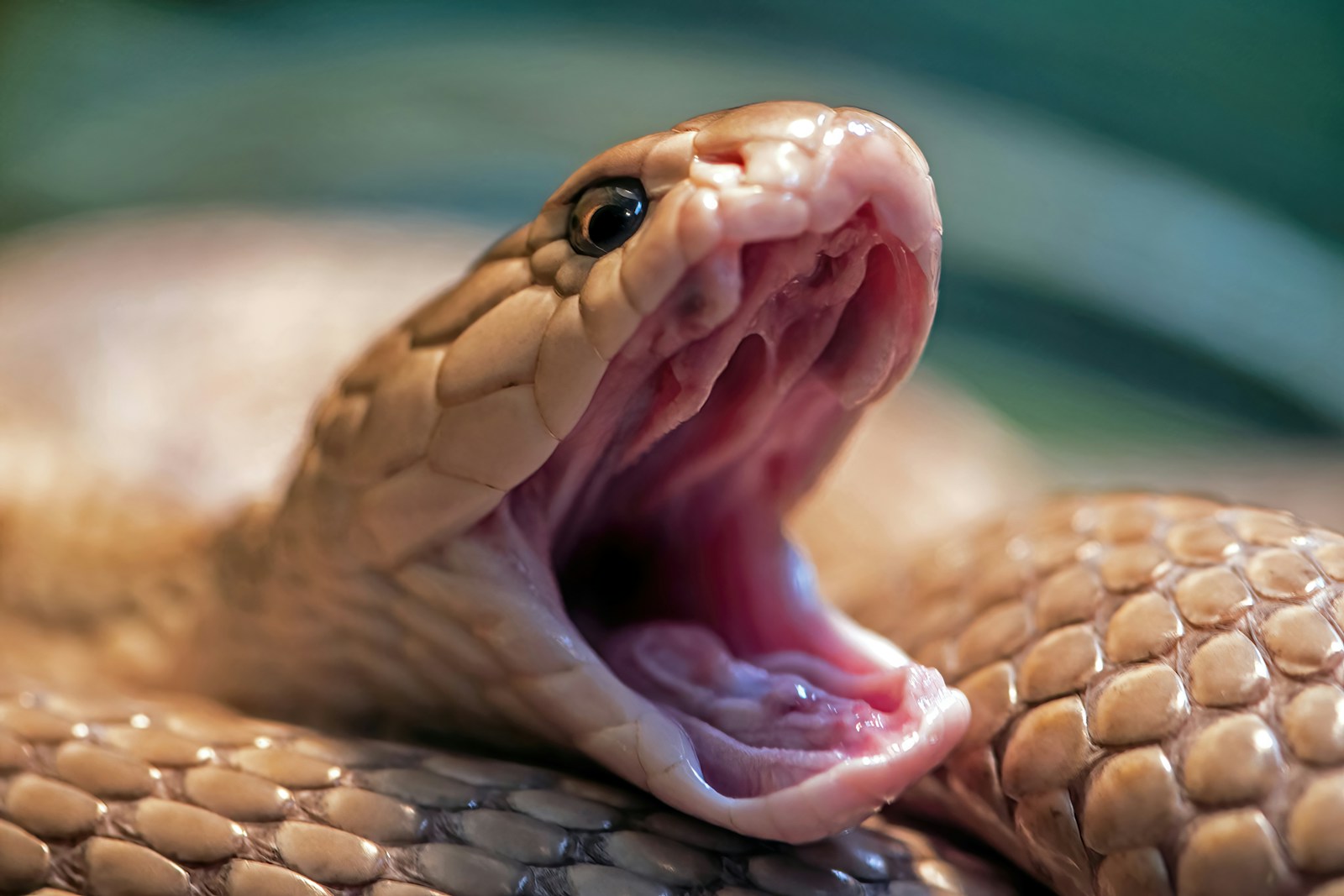
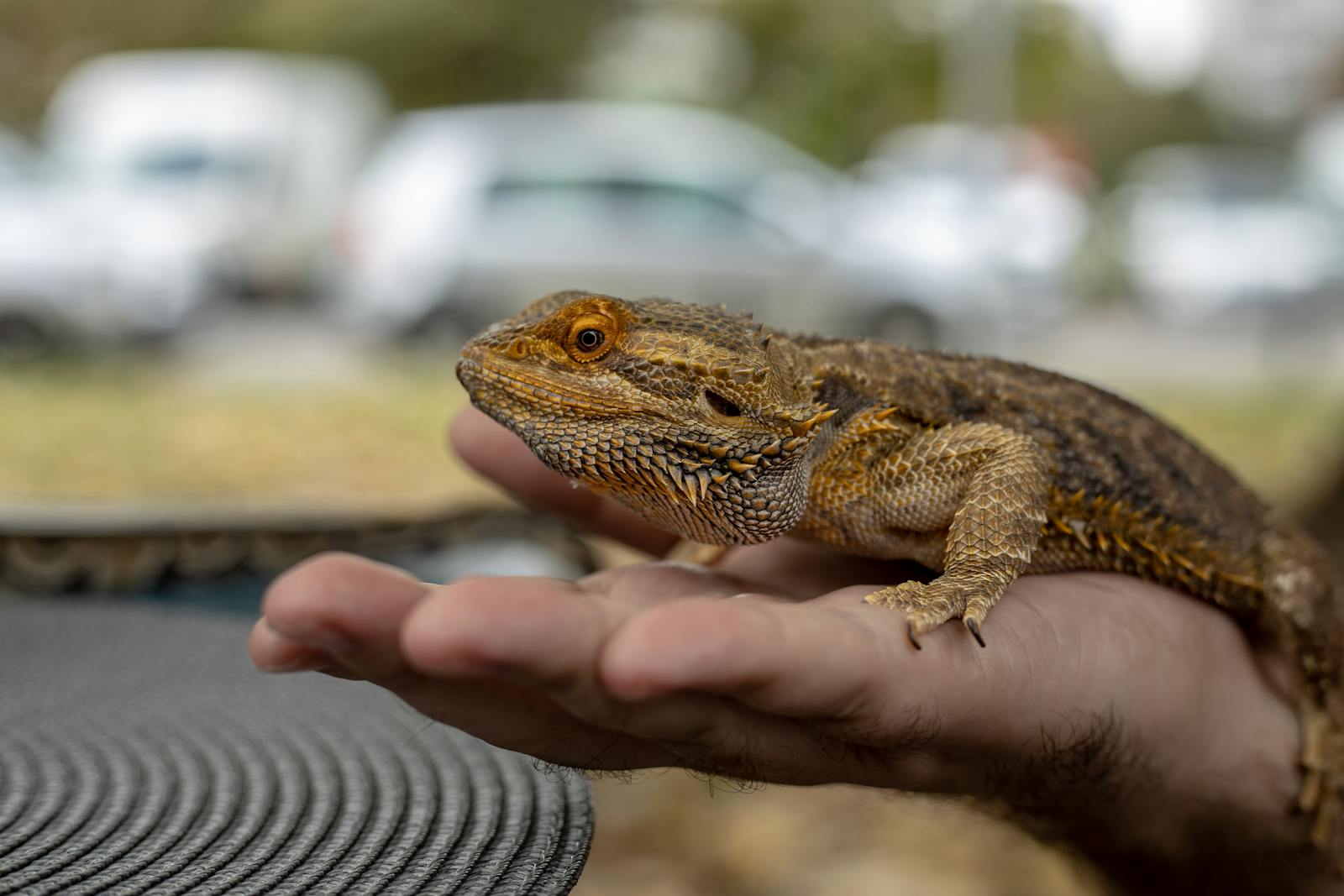
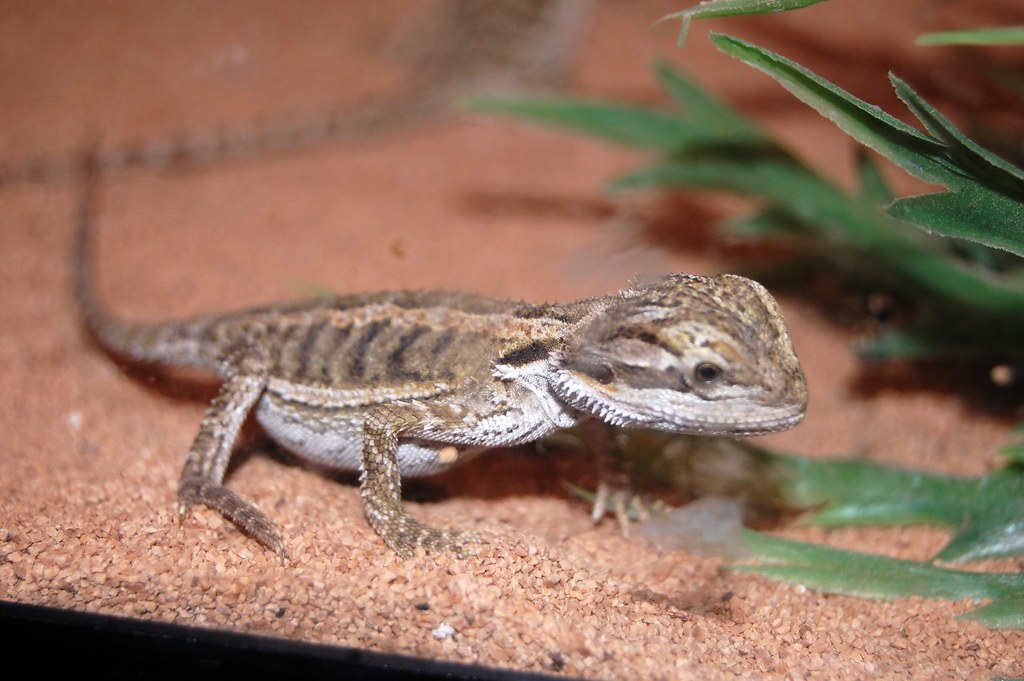
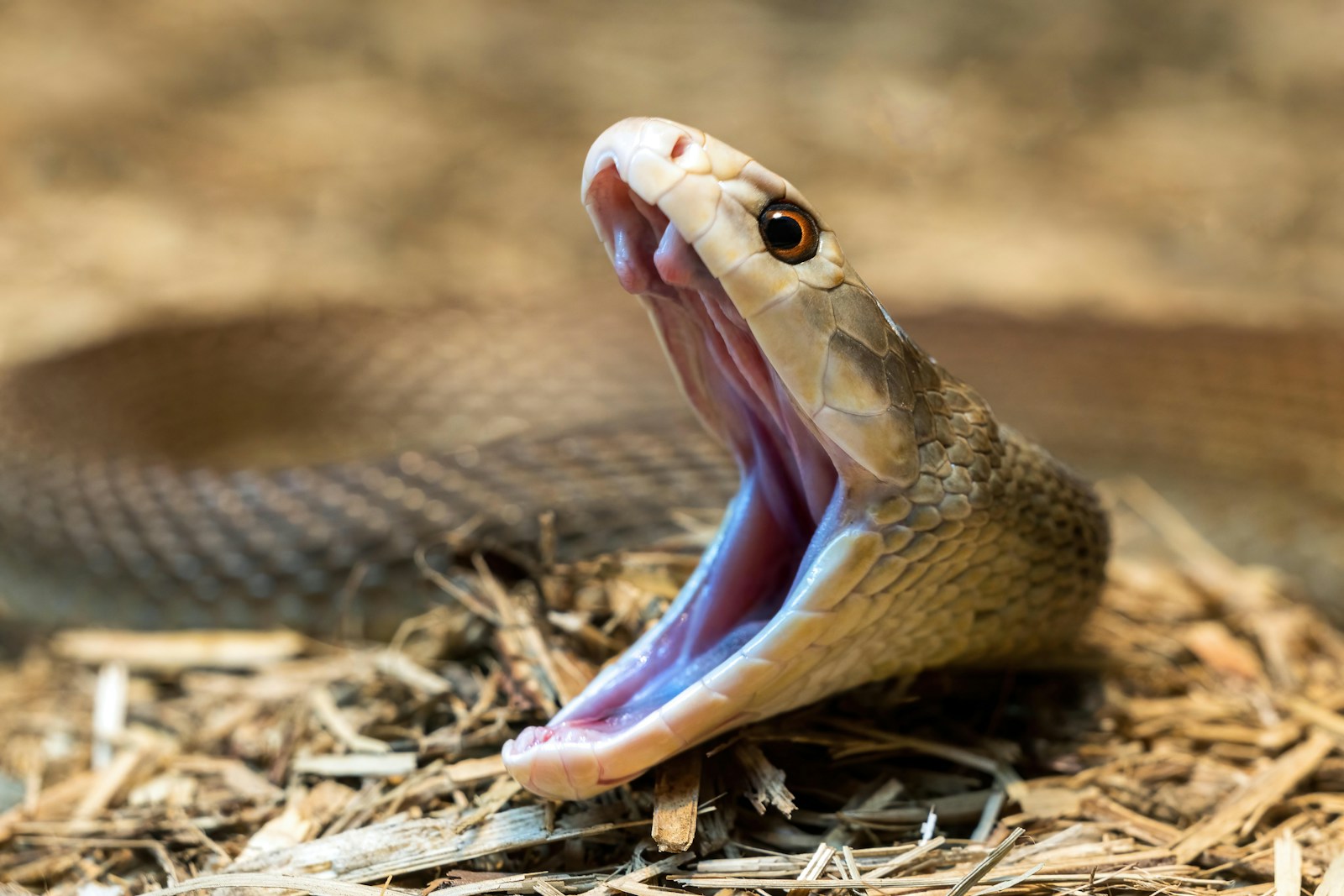
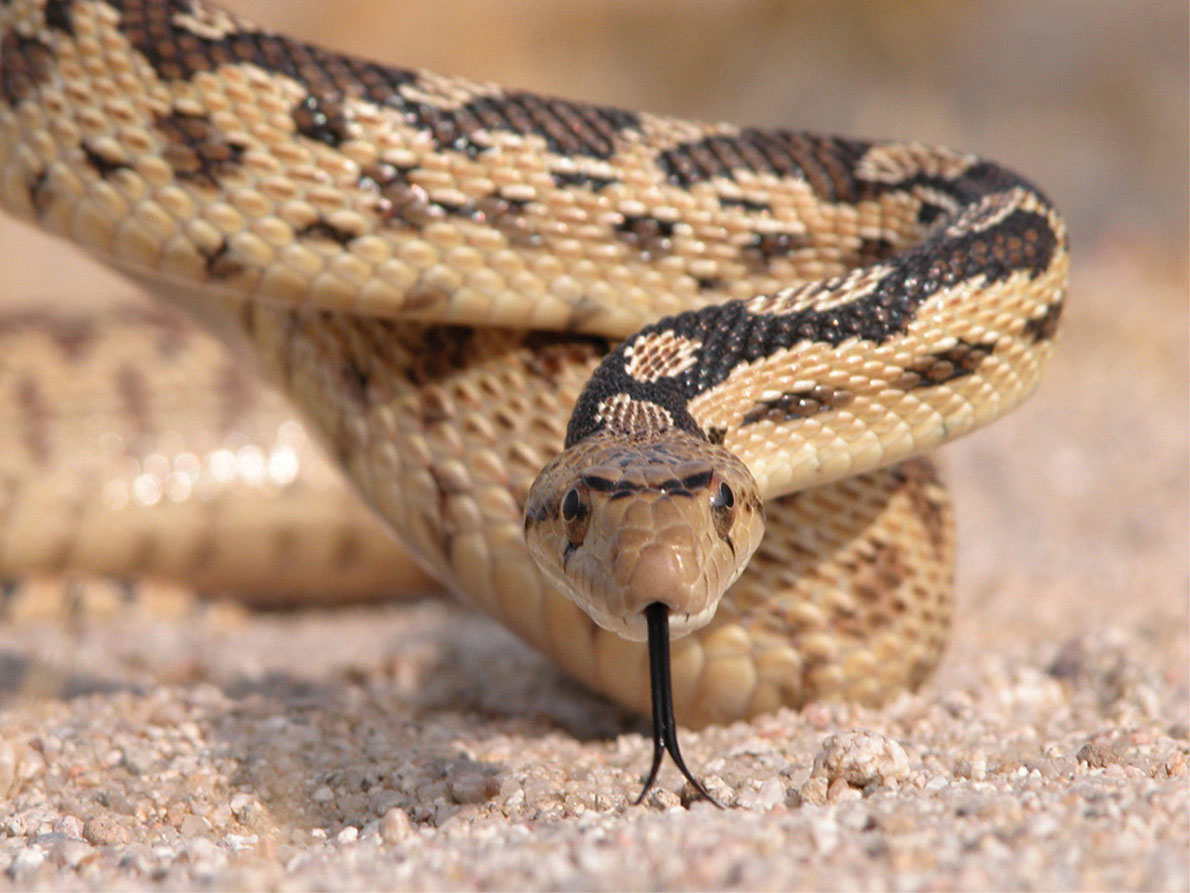

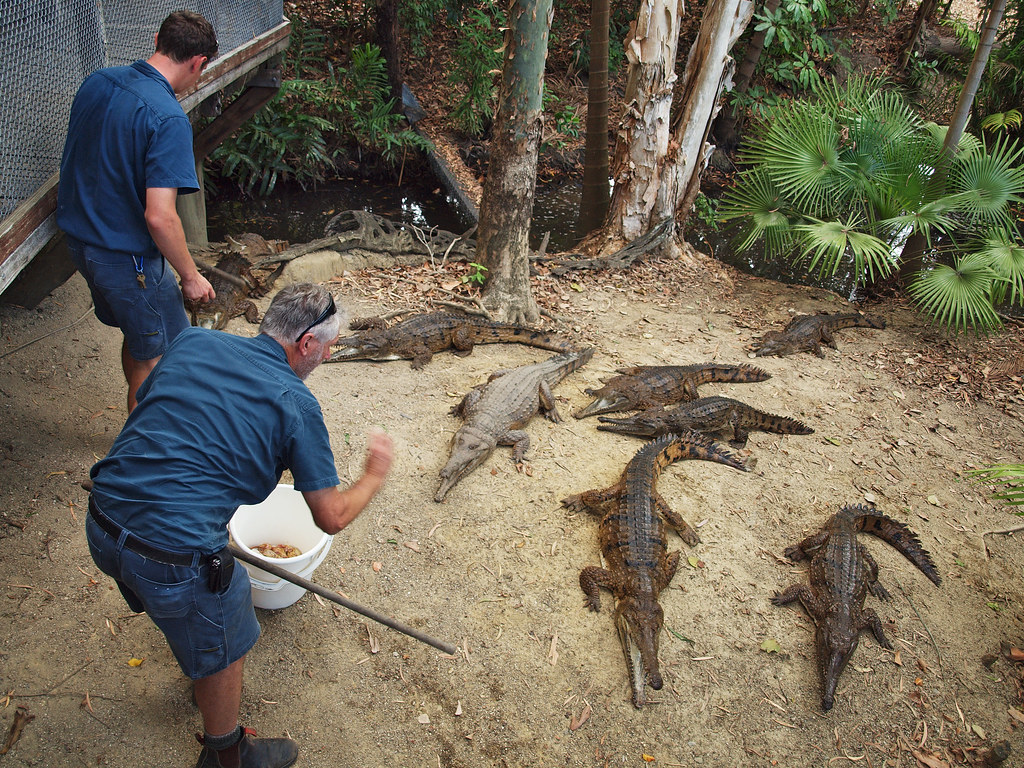
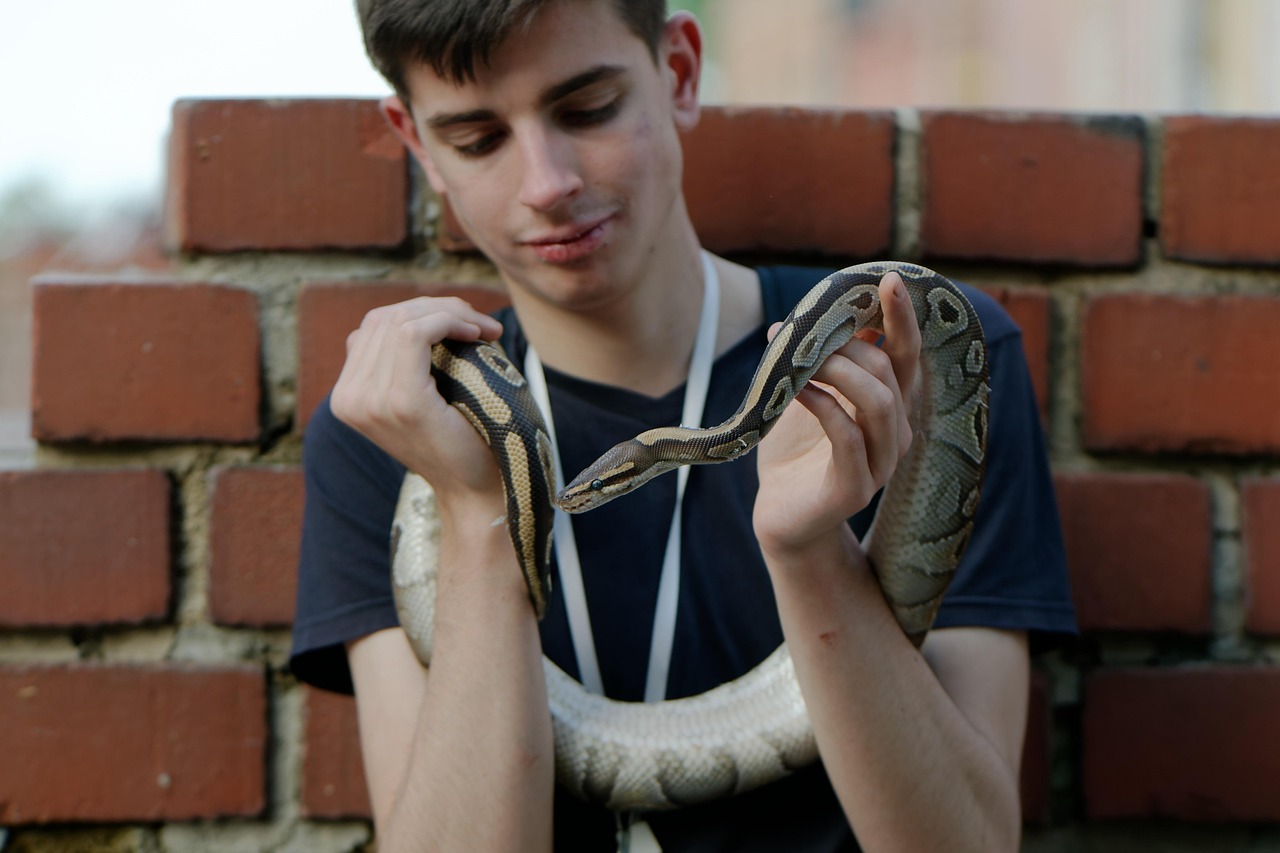
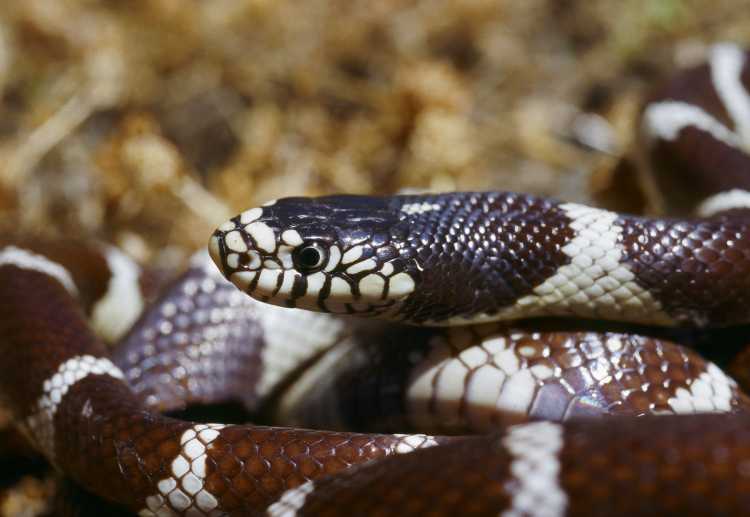
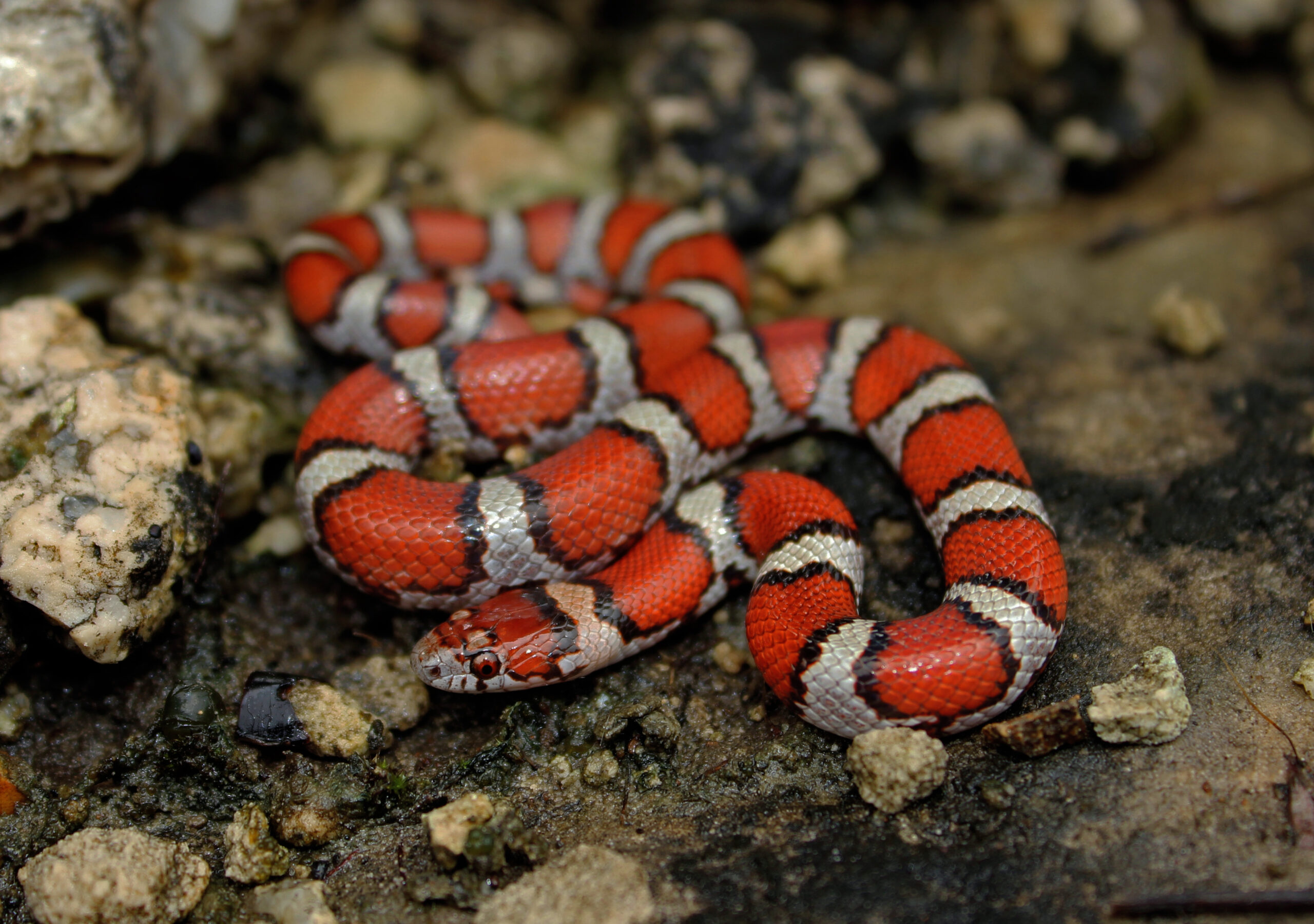




Leave a Reply